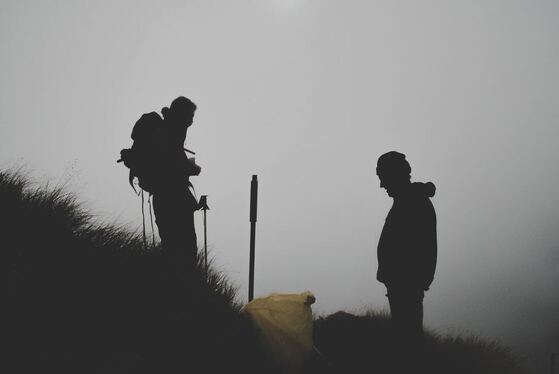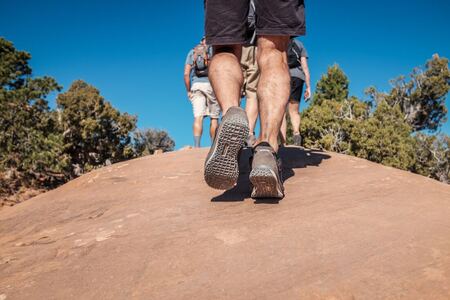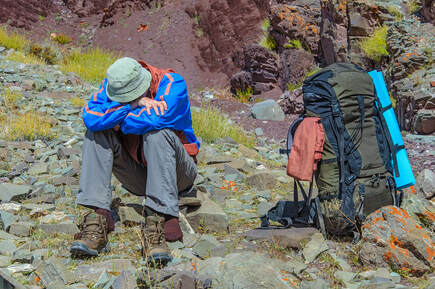|
When it comes to Training For A Trek, getting some hiking time under your boots is absolutely essential! This is the single best thing you can do to prepare your body and mind for the uneven, undulating and unpredictable nature of the trail. However for many, the luxury of finding new and exciting trails to hit each week seems like a distant dream. And for convenience sake, you might find it much more practical to simply repeat the sames over and over and over again... And if this is you, don't worry! This can be a perfectly valid method of training. You just have to be smart about it... The Problem With Most |
AuthorRowan is a personal trainer who specialises in training for hiking, trekkers and mountaineers for their bucket list adventures. Archives
July 2024
Categories
All
|
AboutSummit Strength is a personal training for hiking service created specifically to help hikers have the best chance of a safe, enjoyable and successful adventure.
|
Company |
Services |
|
|
© COPYRIGHT 2018. ALL RIGHTS RESERVED.
|
Website Design by My Personal Trainer Website
|




 RSS Feed
RSS Feed
